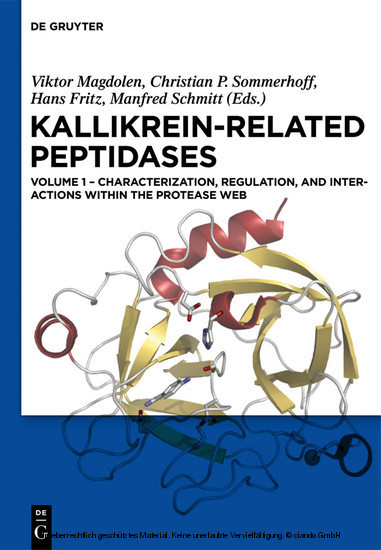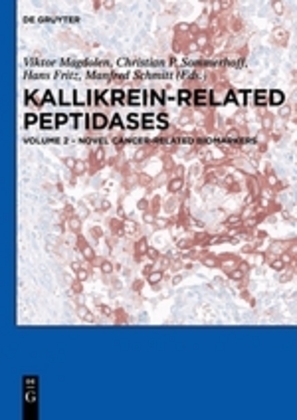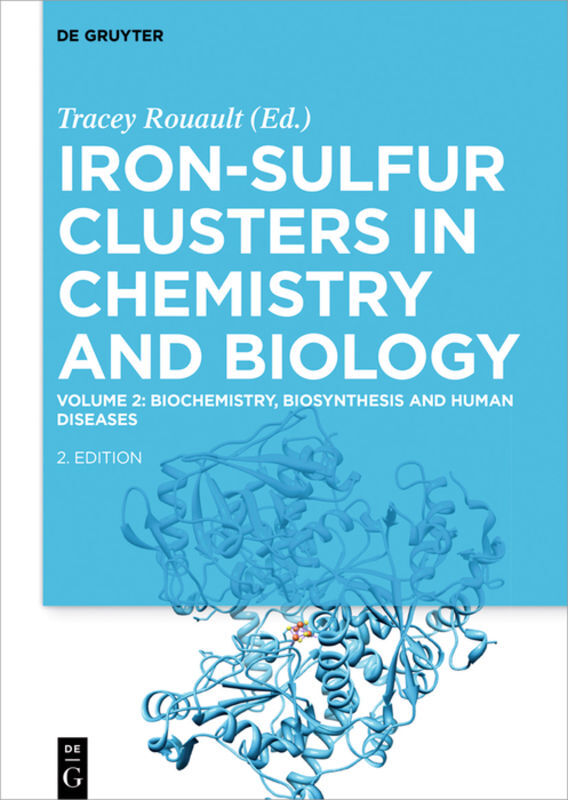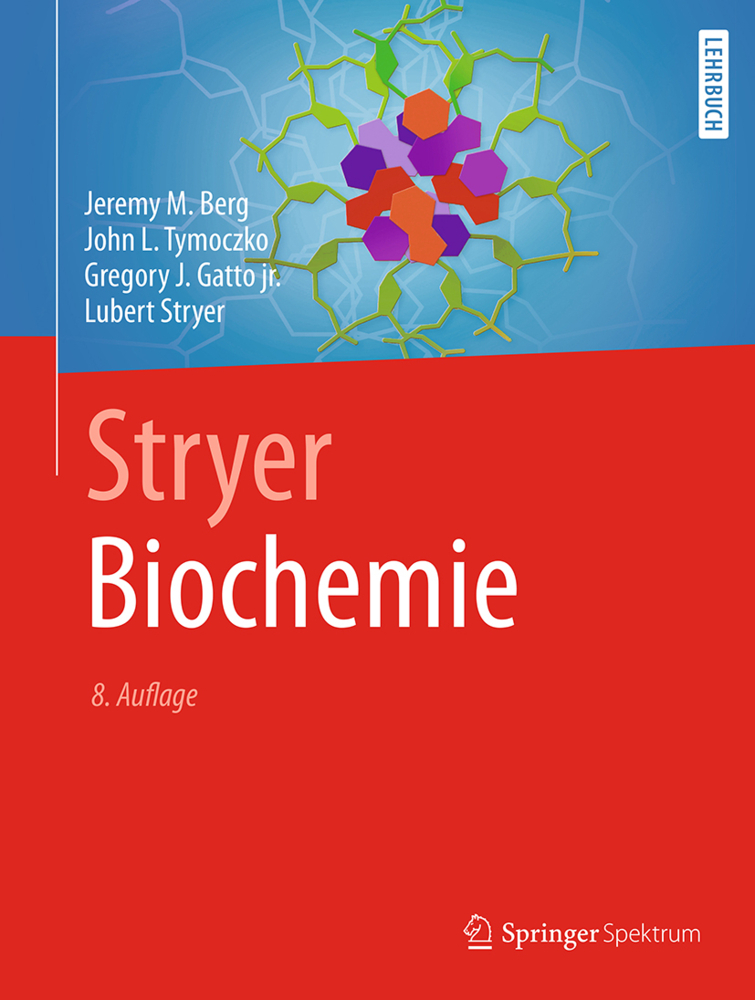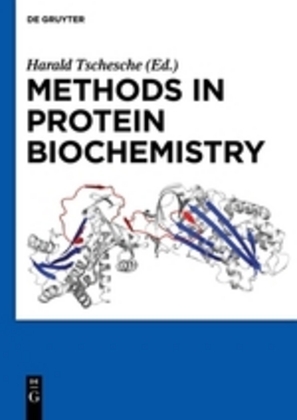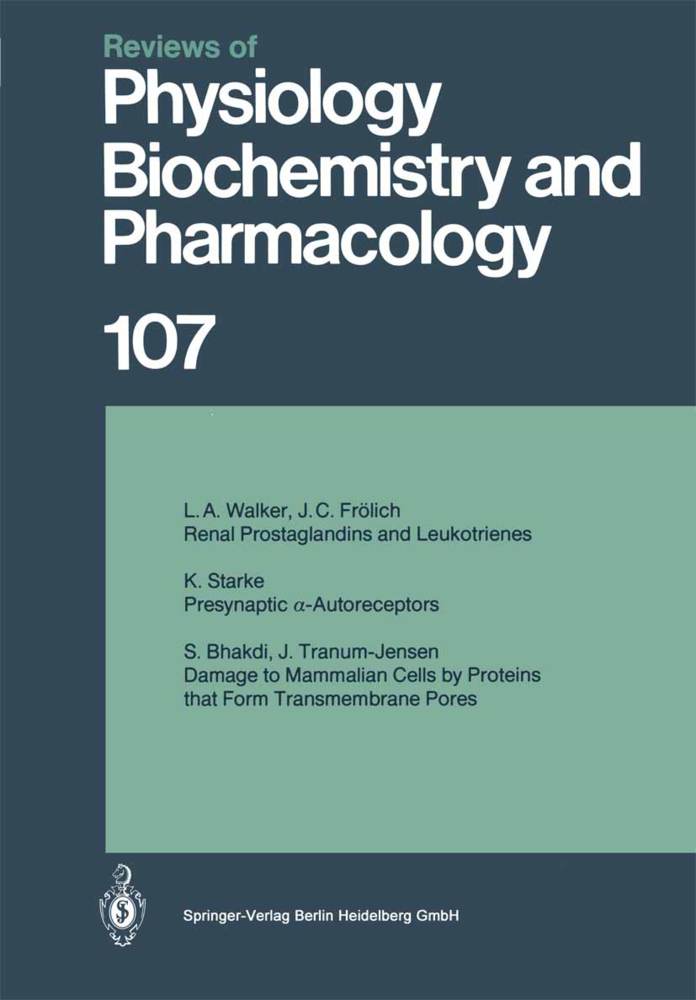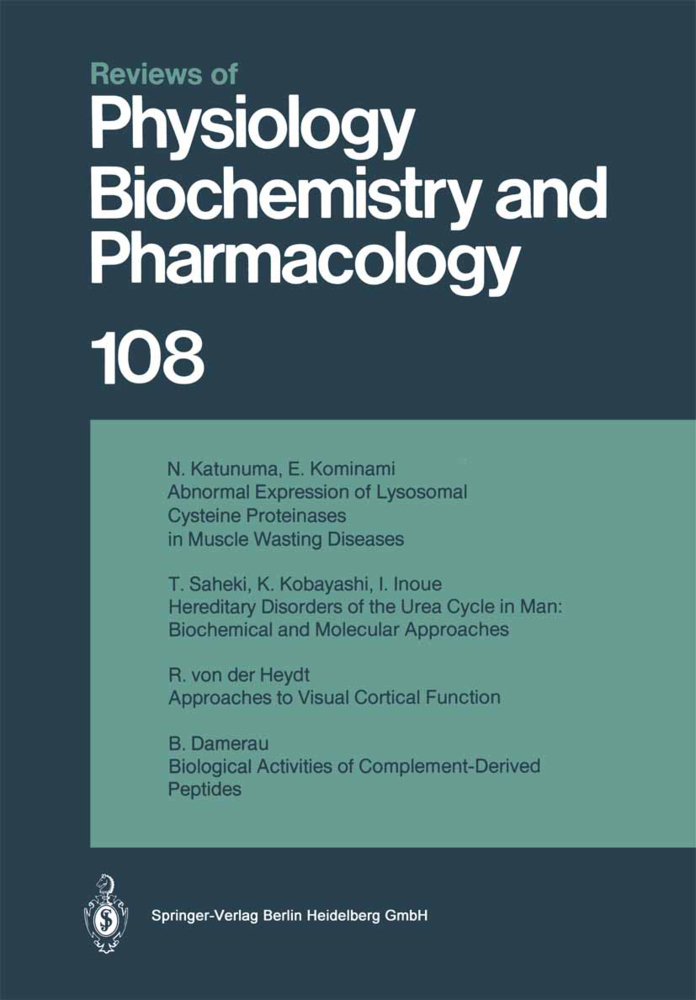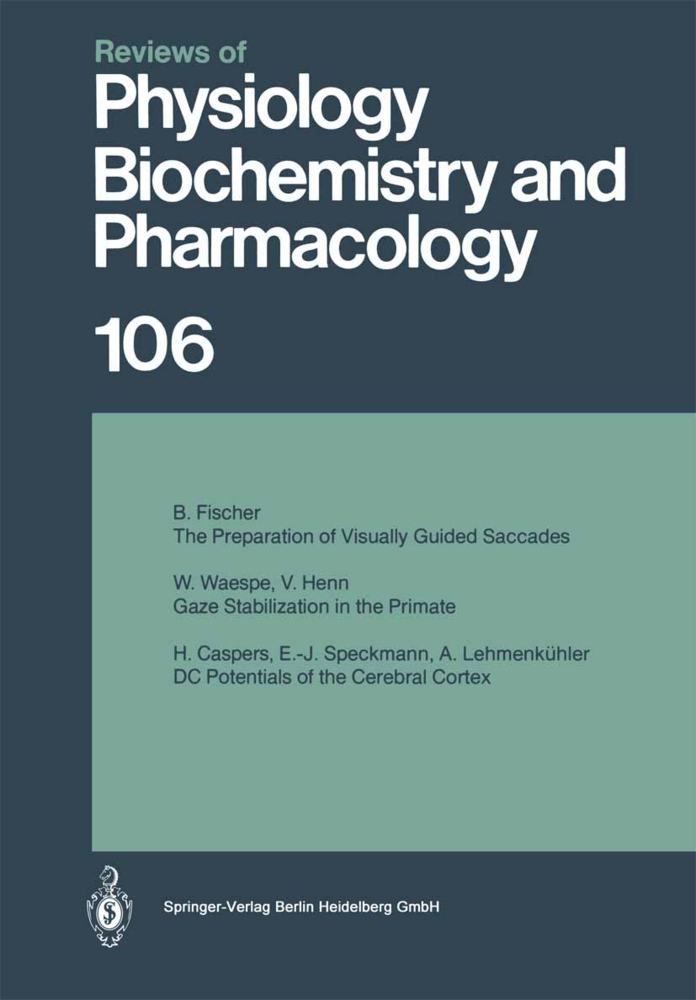Characterization, regulation, and interactions within the protease web. Vol.1
Characterization, regulation, and interactions within the protease web
This handbook is reviewing the clinically relevant current status of tissue kallikrein and kallikrein-related peptidases research. Since several members of the KLK family are key players in (patho-)physiological processes, structural, functional, and regulatory studies are under way to develop new strategies to prevent and treat disorders to which individual members of the KLK protease family contribute significantly. The goal of this book is to inform clinicians, physician scientists and researchers about the prominent role of the multifaceted and interactive KLK system.
1;Preface;52;List of contributing authors;73;Table of Contents;114;Introduction to Volume 1: Kallikrein-related Peptidases. Characterization, Regulation, and Interactions Within the Protease Web;194.1;Bibliography;215;1 Genomic Structure of the KLK Locus;235.1;1.1 Introduction;235.2;1.2 Kallikreins in rodents;245.2.1;1.2.1 The mouse kallikrein gene family;255.2.2;1.2.2 The rat kallikrein gene family;265.3;1.3 Characterization and sequence analysis of the human KLK gene locus;275.3.1;1.3.1 Locus overview;275.3.2;1.3.2 Repeat elements and pleomorphism;295.4;1.4 Structural features of the human KLK genes and proteins;305.4.1;1.4.1 Common structural features;305.5;1.5 Sequence variations of human KLK genes;315.6;1.6 Regulation of KLK activity;325.6.1;1.6.1 At the mRNA level;325.6.2;1.6.2 Locus control of KLK expression;335.6.3;1.6.3 Epigenetic regulation of KLK gene expression;355.7;1.7 Isoforms and splice variants of human KLKs;365.8;1.8 Evolution of KLKs;395.9;Bibliography;406;2 Single Nucleotide Polymorphisms in the Human KLK Locus and Their Implication in Various Diseases;496.1;2.1 Introduction;496.2;2.2 KLKSNPs - data-mining from SNPdb and 1000 Genomes;506.3;2.3 Functional annotations using web-based prediction tools;526.4;2.4 Experimentally validated functional KLK SNPs;536.5;2.5 KLKSNP haplotypes and tagging;546.6;2.6 Malignant and non-malignant diseases and association with KLK SNPs;566.6.1;2.6.1 Association studies on high-risk variants in KLK genes;576.6.2;2.6.2 Association studies on low-risk variants in KLK genes;576.7;2.7 Conclusions;896.8;Bibliography;897;3 Evolution of Kallikrein-related Peptidases;977.1;3.1 Introduction;977.2;3.2 Basic elements of phylogenetic analysis;987.3;3.3 Evolutionary trends at the KLK locus;987.4;3.4 Evolution of the KLK1-KLK4 sublocus;1007.4.1;3.4.1 KLK2 and KLK3 originate from a duplicated segment containing both KLK1 and KLK15;1007.4.2;3.4.2 A large number of KLK1 tandem repeats in the house mouse;1037.4.3;3.4.3 The rat KLK1 sublocus consists of 10 large repeats;1057.4.4;3.4.4 Four duplications of KLK1 and KLK15 in the dog;1067.4.5;3.4.5 A large repeat containing KLK4 in the horse;1087.5;3.5 KLK genes in non-mammalian species;1107.6;3.6 General conclusions and remarks on the evolution of KLK genes;1117.7;Bibliography;1128;4 Structural Aspects of Kallikrein-related Peptidases;1158.1;4.1 Introduction;1158.2;4.2 Individual KLK structures;1168.2.1;4.2.1 Tissue kallikrein (KLK1);1168.2.2;4.2.2 Prostate specific antigen (PSA/KLK3);1188.2.3;4.2.3 Prostase (KLK4);1198.2.4;4.2.4 Stratum corneum tryptic enzyme (SCTE/KLK5);1228.2.5;4.2.5 Myelencephalon-specific protease or neurosin (MSP/KLK6);1248.2.6;4.2.6 Stratum corneum chymotryptic enzyme (SCCE/KLK7);1268.2.7;4.2.7 Neuropsin (KLK8);1288.2.8;4.2.8 Other mammalian KLK structures;1298.3;Bibliography;1309;5 Molecular Recognition Properties of Kallikrein-related Peptidases on Synthetic and Endogenous Substrates;1359.1;5.1 Introduction;1359.2;5.2 Substrate specificities of individual kallikrein-related peptidases;1399.2.1;5.2.1 The classical kallikreins (KLK1, KLK2, KLK3);1399.2.2;5.2.2 KLK4/KLK5/KLK7;1439.2.3;5.2.3 KLK6/KLK13/KLK14;1459.2.4;5.2.4 KLK8/KLK10/KLK12;1479.2.5;5.2.5 KLK9/KLK11/KLK15;1489.3;Bibliography;15010;6 Natural, Engineered and Synthetic Inhibitors of Kallikrein-related Peptidases;15910.1;6.1 Introduction;15910.2;6.2 KLK diversity;15910.3;6.3 The KLK superfamily: Structure and catalytic mechanism;15910.4;6.4 KLK inhibition: Rationale and mechanisms;16110.5;6.5 Proteinaceous inhibitors;16210.5.1;6.5.1 Kunitz domain inhibitors;16210.5.2;6.5.2 Kazal domain inhibitors;16410.5.3;6.5.3 Other canonical inhibitors;16510.5.4;6.5.4 Serpins;16510.6;6.6 Naturally occurring small molecule kallikrein inhibitors;16610.7;6.7 Engineered KLK Inhibitors;16710.7.1;6.7.1 Approaches to inhibitor design;16810.7.2;6.7.2 Pharmacological challenges for therapeutic inhibitors;16
Magdolen, Viktor
Sommerhoff, Christian P.
Fritz, Hans
Schmitt, Manfred
| ISBN | 9783110260373 |
|---|---|
| Artikelnummer | 9783110260373 |
| Medientyp | E-Book - PDF |
| Copyrightjahr | 2013 |
| Verlag | Walter de Gruyter GmbH & Co.KG |
| Umfang | 426 Seiten |
| Sprache | Englisch |
| Kopierschutz | Digitales Wasserzeichen |

